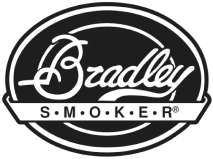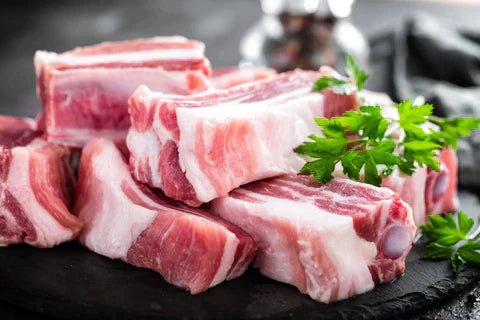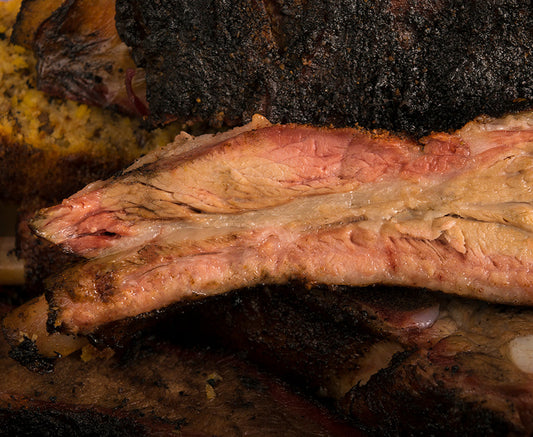There are plenty of unwritten rules to follow in food smoking, and for many who love this cooking method, those rules feel non-negotiable. But there’s one smoking procedure that still sparks debate: should you smoke meat fat side up or fat side down? Both methods have their pros and cons; here’s a look at a few of them.
Advantages of the Fat Cap
Large meat cuts like beef brisket and pork butt typically have two sides: one with exposed meat and one with a layer of white fat known as the fat cap. The fat cap comes in varying thickness and is usually trimmed before cooking, but leaving some of it intact before smoking can improve juiciness, tenderness, and taste.
As the fat melts, it helps the meat retain moisture and stay tender throughout the smoking process. It adds a rich aroma and enhances the overall texture of the meat.
Many experienced home chefs choose to keep the fat cap or trim it down to a thin layer, allowing the meat to cook evenly and come out delicious whether the fat faces up or down. If you’re looking to maximize taste and moisture, consider leaving some of the fat cap on when smoking a cut of meat.

Smoking Meat Fat Side Up
Some cooks prefer smoking meat fat side up, believing this cooking method can break down connective tissue to result in a more tender, juicy product. While fat side up can help with tenderness, it doesn’t actually increase juiciness. As the fat melts, it bastes the meat’s surface, creating a basting effect. However, it won’t penetrate the meat’s interior because fat and water don’t mix. Since the inside of the meat is mostly water-based, the rendered fat stays on the surface rather than absorbing into the meat. When it comes to taste, smoking fat side up can actually have a downside. As the fat melts, it can wash away seasonings and rubs from the surface. While this method may enhance tenderness, it doesn’t directly impact juiciness and could dilute the seasoning.
Smoking Meat Fat Side Down
Smoking meat fat side down can help preserve seasoning and rubs. Placing the fat cap on the bottom creates a barrier between the heat source and the meat, protecting it from drying out and becoming tough. However, this method is most effective when the heat source in your smoker is below the meat, which is the common setup in Bradley Smoker models. If your smoker’s heat comes from above, fat side down may not be as beneficial.

Flipping the Meat
Some cooks flip the meat during smoking to balance the benefits of both fat side up and fat side down. This method allows the melted fat to baste the meat while helping prevent the side facing the heat source from drying out. But flipping comes with drawbacks. Turning the meat can cause moisture loss, and frequently opening the smoker releases heat, which lowers the internal temperature and can lead to uneven cooking. Consistent heat is important, especially when following specific smoking guidelines. For example, beef brisket typically needs 12 to 20 hours at 225–245°F (107–118°C).
Our Advice
For the best results, keep your smoker closed during the cooking process, opening only to empty the water tray as needed—for a long smoke, the tray should be emptied and refilled every few hours. Choose either fat side up or fat side down based on your goals: Fat side up can help create a more tender cut, while fat side down helps preserve your seasoning. The ideal placement depends largely on your smoker’s heat source. To get the most benefit, position the fat side toward the heat. This helps protect the meat and promotes even cooking. For more tips and techniques to get the most out of your Bradley Smoker, visit the Bradley Smoker Food Smoking Blog. We didn’t invent food smoking. We perfected it!





